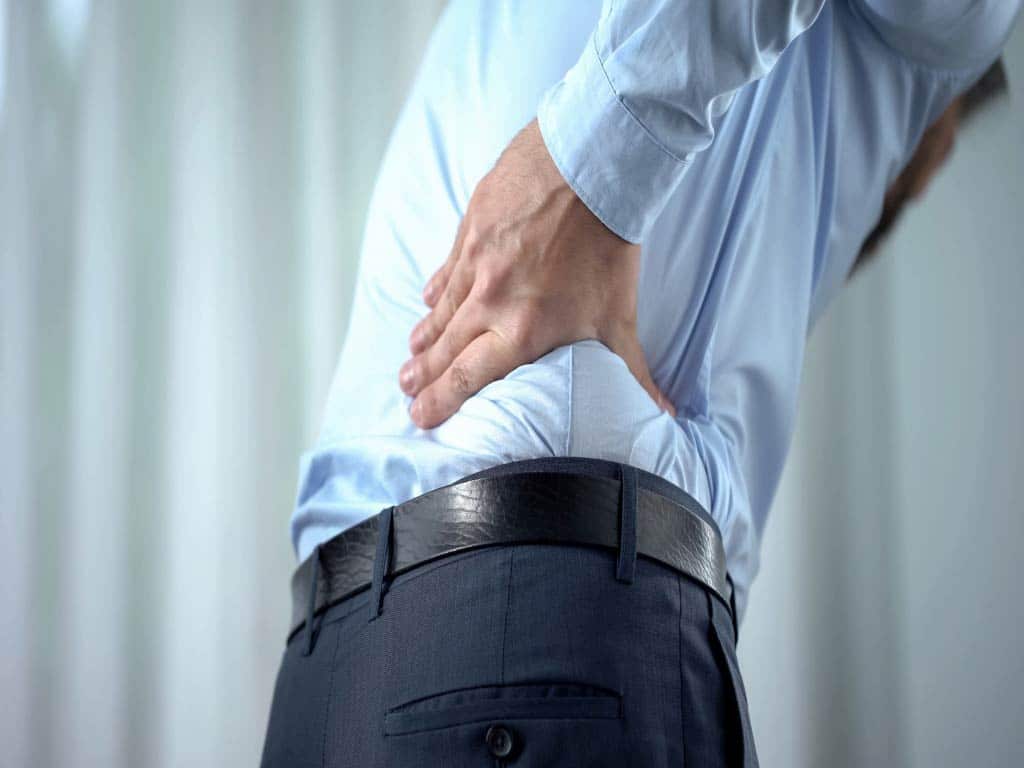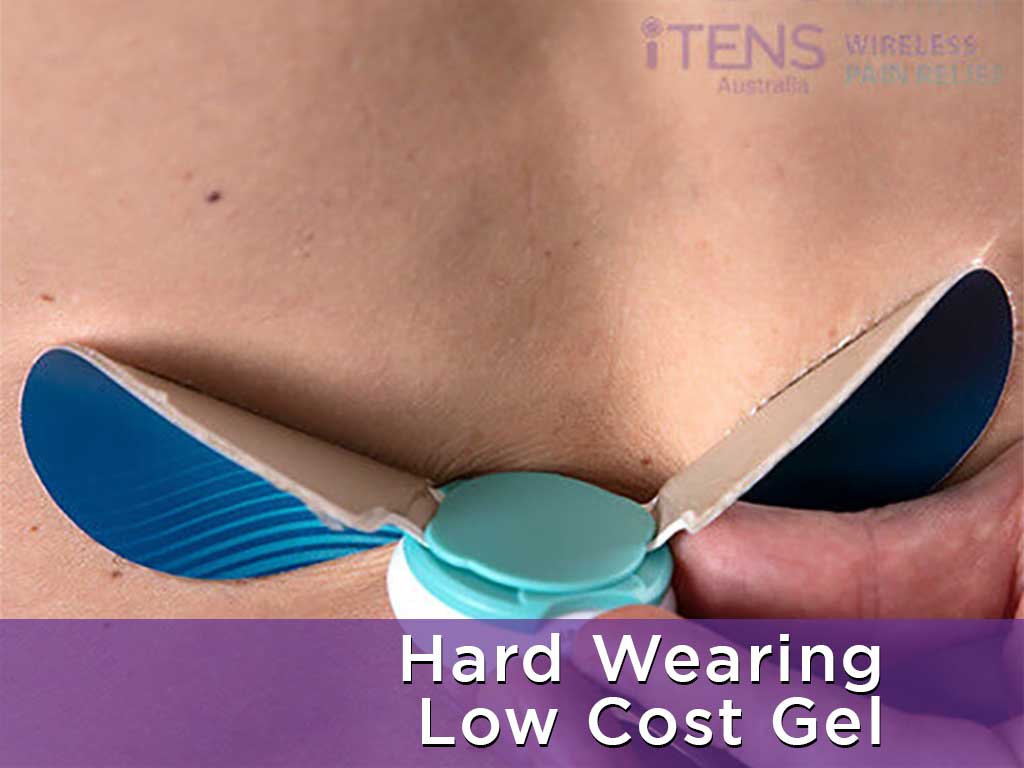
Transcutaneous Electrical Nerve Stimulation (TENS) medical device is a non-invasive and drug-free method of pain relief. These portable devices deliver small electrical impulses to stimulate the nerves. However, the effectiveness of the treatment greatly depends on correctly placing the electrode pads on the body. For a TENS machine for lower back pain, one needs to clean the treatment area and position electrodes horizontally above and below the aching spot.
Lower back ailment is a common issue that many people experience. This can be due to various factors such as muscle strain, poor posture, or underlying conditions. While there are different pain treatments or pain medications, some people find temporary relief in using TENS. Hence, the electrical device is a beneficial tool for chronic pain relief or acute pain relief. This article will present how TENS works, the proper electrode placement, and safety guidelines.
What is a TENS Machine for Lower Back Pain and How Does it Work
A TENS machine for lower back pain is a battery-operated device that consists of a control unit and electrode pads. A standard device utilises a wire connection and disposable batteries. There are some units also that are available in wireless and rechargeable batteries. Nevertheless, it functions by sending electrical pulses through adhesive electrodes that are in the skin.
The electrical current from TENS is thought to work in several ways to help alleviate lower back pain intensity. Firstly, they stimulate the release of endorphins, which are the natural painkillers of the body. This mechanism can help reduce pain in individuals. Secondly, the electric currents can block the transmission of pain signals in the brain.
Hence, the mechanism works based on the Gate Control Theory, which closes the pathway for the pain signals. Additionally, TENS may also stimulate the nerves in a way that can help to relax muscles and improve blood flow. This can aid in reducing muscle tension and inflammation, which are common contributors to lower back aches.
Benefits of Using the Device
- Non-invasive and drug-free relief – it does not require any medication or invasive procedure. Thus, it is a safe option for pain management.
- Potential long-term benefits – regular use of TENS consistently interrupts pain signals and promotes muscle relaxation that can help manage ongoing aches.
- Customisable settings – TENS typically come with adjustable settings. This allows users to navigate frequency, intensity levels, and pulse duration.
- Easy to use – it has simple controls, making them accessible for self-management.
- Immediate relief – many users report experiencing immediate relief upon using TENS.
- Portable – TENS are often compact, enabling users to use them wherever and whenever applicable.

Proper Pad Placement When Using a TENS Machine for Lower Back Pain
Proper pad placement is critical when using a TENS machine for lower back pain. Before applying the pads, clean and dry the back area. This is to ensure good pad-to-skin contact. Then, determine the specific spot or region of the lower back experiencing aches. This will help in placing the pads accurately.
Position electrodes on either side of the spine, above and below the aching area. Keep them parallel to the spine, a few inches apart. This ensures the electrical impulses cover the entire treatment region. Subsequently, the spacing between the pads may vary depending on the extent of the pain. If the ailment is smaller, keep the pads closer together.
For a larger area, position the pads further apart to ensure full coverage. Make sure the pads do not come into direct contact with the spinal cord. Instead, position them on the muscles beside the spine to prevent discomfort or irritation. If the user does not significantly experience relief, they can try moving the pads slightly up, down, or to the sides across the painful area.
How to Operate the Device
Operating the unit can be done simply. Firstly, ensure that the device is charged or has fresh batteries. Then, take the electrodes and remove the protective backing. Place the pads in the target area. Accordingly, adjust the settings at the lowest level. This is important so that users can gradually increase it to a comfortable level.
Some units come with preset programs, thus, choose the mode for lower back aches. Set the duration according to specific needs for effective therapy. Next, activate the device and let the electrical stimulation flow. After that, users can relax in a comfortable position.

Safety Guidelines When Using a TENS Machine for Lower Back Pain
Using a TENS machine for lower back pain can be safe and effective if safety guidelines are kept in mind. Before using a TENS, carefully read the user manual to understand specific instructions. Also, consulting a medical professional is advisable if a person has an underlying medical condition. Ensure the area where electrodes will be placed is dry to avoid any irritations and electric shocks.
Before each use, inspect the device and its accessories for any damage or wear. Then, follow the instructions of healthcare practitioners or the user manual about the correct pad placement. Placing them incorrectly can affect the effectiveness of the treatment. It is vital to not place the pads in the spine, specifically for treating low back aches.
Furthermore, avoid setting the intensity level too high. This may cause discomfort, muscle contractions, or skin irritation. Do not use the unit while driving, operating heavy machinery, bathing, or sleeping. These activities can distract users or may increase the risk of electrical hazards. Also, TENS may not be suitable for everyone, such as people with pacemakers or epilepsy.
When to See a Doctor
While TENS provide relief, there are situations where it is important to consult a doctor. If the lower back pain becomes severe or worsens, it is advisable to see a practitioner. This may indicate an underlying condition that requires medical attention. If a user develops numbness or weakness in the lower back, it may indicate nerve-related issues. Thus, seeking medical attention is essential.
Additionally, if there are any changes in bowel functions, it is crucial to consult a doctor. If the user has a history of serious spine conditions or previous surgeries in the spine, get medical advice before using TENS.
Conclusion
TENS machine for lower back pain is a beneficial application for many people. This portable device uses electrical currents to stimulate the nerves in the affected area. Accordingly, it functions by blocking the pain signals and prompting the production of endorphins in the body. Thus, it provides non-invasive and drug-free relief. Aside from that, it provides numerous benefits. It has customisable settings, is easy to use, provides immediate relief, and is compact.
Proper pad placement is crucial in treating lower back aches with TENS. One needs to place the pads on either side of the spine, above and below the pain region. For small areas, it is advisable to position the pads closer together. Meanwhile, for bigger areas, it is recommended to place them farther apart to cover the whole region. Nevertheless, it is crucial to know the safety guidelines and when to see a doctor to maximise the benefits of TENS.







